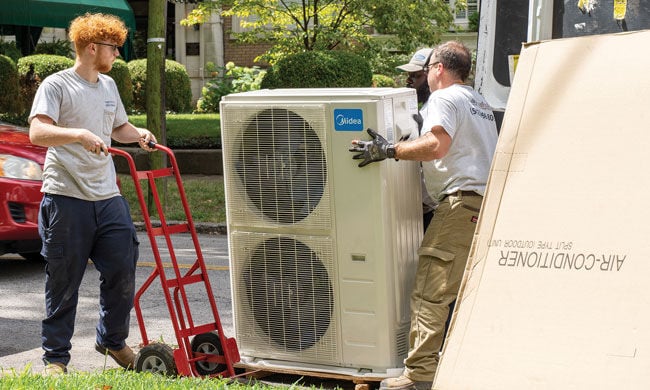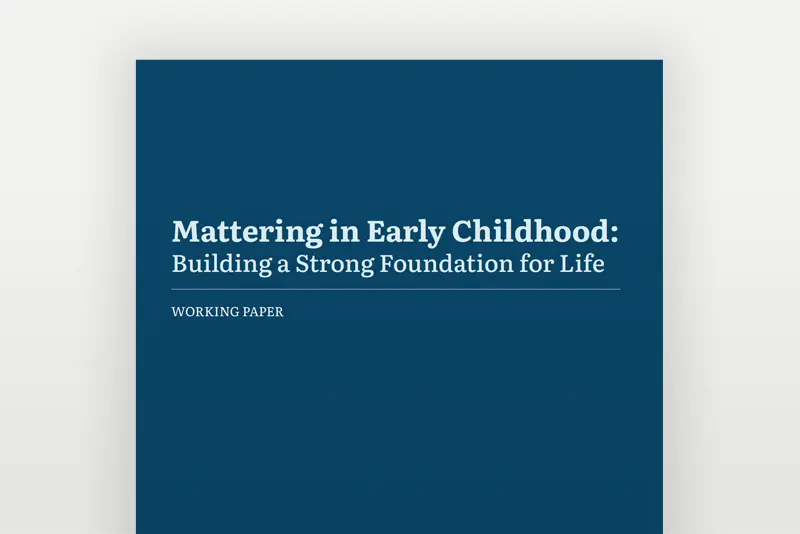Petition to block battery energy storage system (BESS) in Halstead shot down – KWCH

Community Opposition to Battery Energy Storage System in Halstead, Kansas
Introduction
Residents of Halstead, Kansas, are actively opposing the proposed construction of a Battery Energy Storage System (BESS) in their town. This report outlines the community’s concerns, actions taken, and the implications related to Sustainable Development Goals (SDGs), particularly those focusing on sustainable cities and communities (SDG 11), good health and well-being (SDG 3), and responsible consumption and production (SDG 12).
Community Concerns and Risks
- Public Safety Risks: Residents express significant worry about the potential fire hazards associated with lithium-ion battery storage systems, especially given the proximity of the proposed facility to schools and assisted living centers.
- Fire Protection Limitations: The community highlights that standard fire protection for lithium-ion batteries involves allowing fires to burn rather than extinguishing them with water, raising concerns about emergency response effectiveness.
- Community Voice and Governance: Residents feel their concerns have been overlooked by local government officials, indicating challenges in inclusive decision-making processes aligned with SDG 16 (Peace, Justice, and Strong Institutions).
Actions Taken by Residents
- Petition Creation: Led by resident Kevin Henderson, the community drafted an ordinance petition under state statute 12-3013 to ban BESS facilities in Halstead.
- Submission and Certification Issues: The petition was submitted to Halstead City Hall and forwarded to the Harvey County Clerk. However, certification was denied due to the absence of date lines on signatures.
- Legal Dispute: Henderson disputes the denial, citing statutory precedence that supports their petition’s validity.
- Ongoing Efforts: The community plans to ensure the success of the initial petition and is prepared to organize a second petition if necessary.
Relevance to Sustainable Development Goals
- SDG 3 – Good Health and Well-being: The opposition emphasizes protecting vulnerable populations, such as children and the elderly, from potential health risks associated with BESS fires.
- SDG 11 – Sustainable Cities and Communities: The community’s efforts reflect the goal of making cities safe, resilient, and inclusive by advocating for responsible infrastructure development.
- SDG 12 – Responsible Consumption and Production: Concerns about the environmental and safety impacts of lithium-ion battery storage align with promoting sustainable management of resources.
- SDG 16 – Peace, Justice, and Strong Institutions: The situation highlights the importance of transparent governance and community participation in local decision-making.
Conclusion
The Halstead community’s opposition to the BESS project underscores the critical balance between advancing sustainable energy solutions and ensuring public safety and community inclusion. Their ongoing advocacy aligns with multiple SDGs, emphasizing the need for collaborative approaches to sustainable development that prioritize health, safety, and governance.
1. Sustainable Development Goals (SDGs) Addressed or Connected
- SDG 3: Good Health and Well-being
- Concerns about fire risks near schools and assisted living facilities relate to ensuring healthy lives and promoting well-being.
- SDG 11: Sustainable Cities and Communities
- Community involvement in urban planning and safety measures reflects the goal of making cities inclusive, safe, resilient, and sustainable.
- SDG 7: Affordable and Clean Energy
- The discussion about Battery Energy Storage Systems (BESS) relates to energy storage technologies that support clean energy.
- SDG 16: Peace, Justice and Strong Institutions
- Issues with government responsiveness and petition certification relate to inclusive decision-making and effective institutions.
2. Specific Targets Under Those SDGs Identified
- SDG 3: Good Health and Well-being
- Target 3.9: Reduce the number of deaths and illnesses from hazardous chemicals and air, water, and soil pollution and contamination.
- SDG 11: Sustainable Cities and Communities
- Target 11.5: Significantly reduce the number of deaths and the number of people affected by disasters, including water-related disasters, with a focus on protecting the poor and vulnerable.
- Target 11.3: Enhance inclusive and sustainable urbanization and capacity for participatory, integrated and sustainable human settlement planning and management.
- SDG 7: Affordable and Clean Energy
- Target 7.2: Increase substantially the share of renewable energy in the global energy mix.
- Target 7.3: Double the global rate of improvement in energy efficiency.
- SDG 16: Peace, Justice and Strong Institutions
- Target 16.7: Ensure responsive, inclusive, participatory and representative decision-making at all levels.
- Target 16.6: Develop effective, accountable and transparent institutions at all levels.
3. Indicators Mentioned or Implied to Measure Progress
- SDG 3 Indicators
- Indicator 3.9.1: Mortality rate attributed to household and ambient air pollution (implied by concerns about fire risks and safety near vulnerable populations).
- SDG 11 Indicators
- Indicator 11.5.1: Number of deaths, missing persons and directly affected persons attributed to disasters per 100,000 population (implied by fire risk concerns).
- Indicator 11.3.2: Proportion of cities with a direct participation structure of civil society in urban planning and management (implied by residents petitioning and engaging with city officials).
- SDG 7 Indicators
- Indicator 7.2.1: Renewable energy share in the total final energy consumption (implied by the use of BESS to support renewable energy).
- Indicator 7.3.1: Energy intensity measured in terms of primary energy and GDP (implied by energy storage system efficiency considerations).
- SDG 16 Indicators
- Indicator 16.7.2: Proportion of population who believe decision-making is inclusive and responsive (implied by residents’ perception of being ignored by officials).
- Indicator 16.6.2: Proportion of the population satisfied with their last experience of public services (implied by dissatisfaction with petition certification process).
4. SDGs, Targets and Indicators Table
| SDGs | Targets | Indicators |
|---|---|---|
| SDG 3: Good Health and Well-being | 3.9: Reduce deaths and illnesses from hazardous chemicals and pollution | 3.9.1: Mortality rate attributed to household and ambient air pollution |
| SDG 11: Sustainable Cities and Communities |
11.5: Reduce deaths and affected persons from disasters 11.3: Enhance inclusive and sustainable urbanization and participatory planning |
11.5.1: Number of deaths and affected persons due to disasters 11.3.2: Proportion of cities with civil society participation in urban planning |
| SDG 7: Affordable and Clean Energy |
7.2: Increase renewable energy share 7.3: Double rate of improvement in energy efficiency |
7.2.1: Renewable energy share in total final energy consumption 7.3.1: Energy intensity measured in terms of primary energy and GDP |
| SDG 16: Peace, Justice and Strong Institutions |
16.7: Ensure inclusive, participatory decision-making 16.6: Develop effective, accountable and transparent institutions |
16.7.2: Proportion of population who believe decision-making is inclusive and responsive 16.6.2: Proportion of population satisfied with public services |
Source: kwch.com

What is Your Reaction?
 Like
0
Like
0
 Dislike
0
Dislike
0
 Love
0
Love
0
 Funny
0
Funny
0
 Angry
0
Angry
0
 Sad
0
Sad
0
 Wow
0
Wow
0












































































